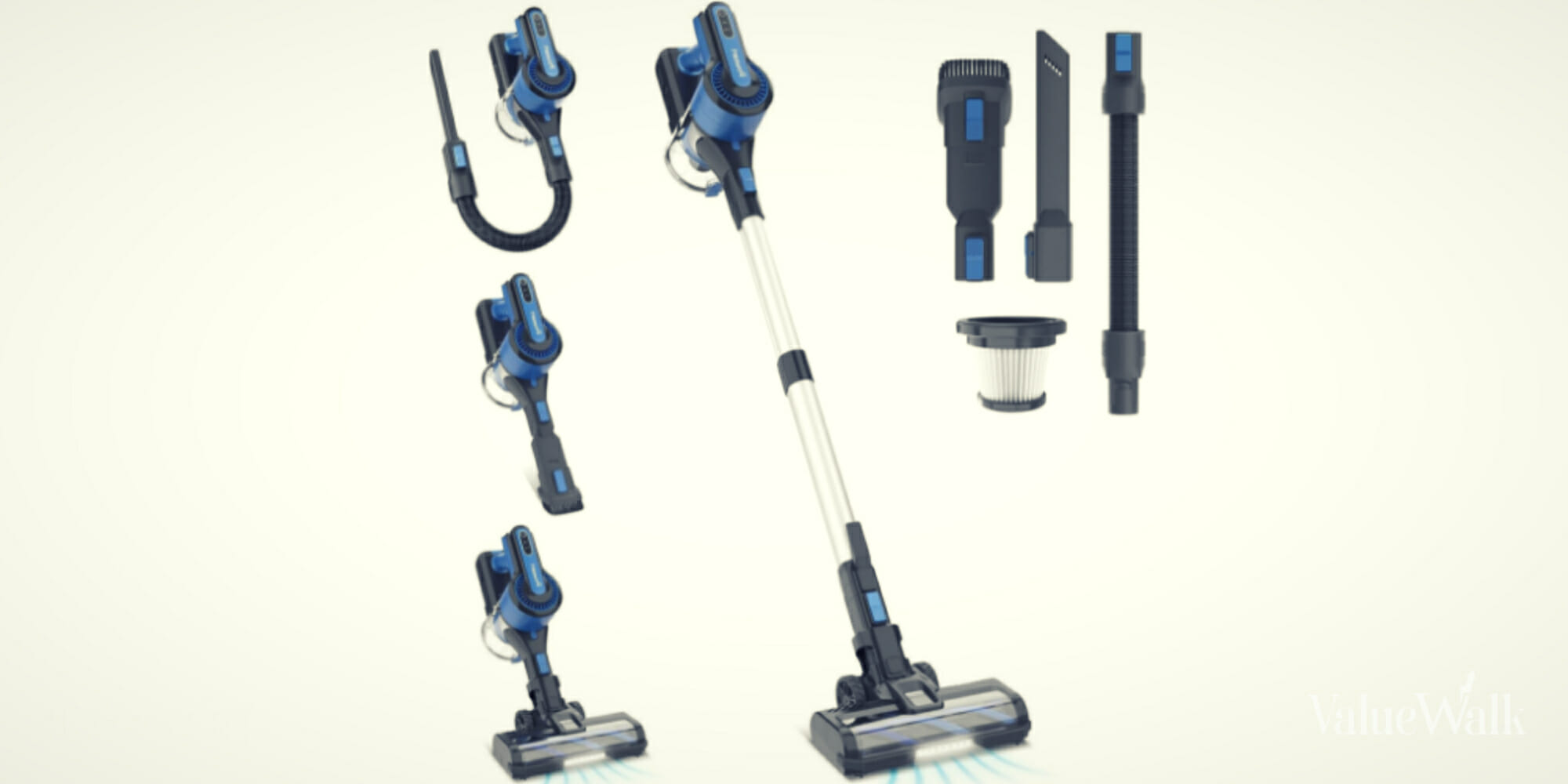Cybercriminals are finding more opportunities to attack unsuspecting victims as businesses go into unfamiliar territory with their shift towards remote working, BYOD, and other related strategies to ensure efficient workplace arrangements.
In response to the new challenges of securing organizations, Secure Access Server Edge or SASE has been introduced. The concept emerged in 2019 as coined by Gartner, describing it as “a new package of technologies including SD-WAN, SWG, CASB, ZTNA and FWaaS as core abilities, with the ability to identify sensitive data or malware and the ability to decrypt content at line speed, with continuous monitoring of sessions for risk and trust levels.”
Q1 2022 hedge fund letters, conferences and more
SASE has been gaining traction over the years. Gartner forecasts that some 40 percent of enterprises are set to adopt SASE strategies by 2024. Organizations that are accelerating their digital transformation and moving to the cloud are seeing significant benefits in integrating SASE in their security posture, especially in dealing with the following challenges.
Growing Cybersecurity Complexity
Securing on-premises IT assets is already difficult; the challenge exponentially increases when organizations have to secure connections with remote employees, BYOD computers and devices, as well as IoT appliances and gadgets. Having these unmanaged devices drastically complicates the security requirements of a business.
This is where SASE security provides a very suitable upgrade. Designed to be a cloud-based and decentralized security solution, SASE facilitates secure connections between remote entities including branch offices, devices, users, apps, web services, and edge computing locations. It does away with the conventional enterprise delivery model of providing security, ditching data centers to unify security controls through a cloud-based central system.
Imagine having to secure a multitude of apps, devices, and users across different parts of the world. Even identifying them is already a chore. What more when the task calls for the consistent security regulation of connections across hundreds or thousands of users and devices? SASE enables better security visibility amid the overwhelming number and complexity of connections or the complex network set up all of these entails.
Having a single cloud-based security solution is considerably easier to manage compared to having multiple security appliances or software tools from different vendors. Also, it is inherent in SASE to employ a single-pass architecture for decrypting traffic streams with several policy engines instead of reconciling some traffic inspection services together. This helps reduce cybersecurity complexity further.
Growing Cybersecurity Costs
Securing organizations against the spectrum of cyber threats at present is not cheap. A Deloitte report shows that companies spend anywhere between 6 percent to 14 percent of their annual IT budget on cybersecurity. This is a significant amount that should be put to good use. Last year, it is estimated that there was a 12 percent increase in cybersecurity spending, based on numbers from Gartner.
What’s good about having SASE is that it is highly cost-efficient. Because it is a cloud-based solution available on an “as-a-service” basis, almost all the associated costs are noticeably lower. For one, there are no local or client-side apps to install, configure, and maintain. Similarly, there is no associated hardware to operate and maintain. Deployments can be completed rapidly without high upfront costs.
All the technical aspects of maintaining the SASE system is relegated to the provider. From troubleshooting to the updates, there are no handling obligations that would require an expert or someone with a high enough level of proficiency. Organizations that adopt SASE will not have to hire new personnel and invest in additional equipment.
Flexibility And Scalability Difficulties
SASE is a highly flexible cybersecurity solution appropriate for modern organizations. This is a crucial attribute given how organizations nowadays are forced to undergo rapid changes. Some big businesses need to scale down to survive. There are small startups that strike a pot of gold that they have to scale up operations rapidly.
Organizational changes are among the biggest factors that result in security vulnerabilities or weaknesses. As companies acquire more workstations or become more reliant on cloud services, they inevitably need to deal with the reality that there will be disruptions in their security posture. They need to adapt and have enough security defenses without breaking the bank.
Working in a cloud-based infrastructure, SASE offers extensive flexibility to deliver the right cybersecurity features and functions whenever necessary, not as part of a bundle of services charged at a flat rate. This is important, especially for organizations that are having a hard time sourcing their funds to survive or to take advantage of opportunities. It can provide cyber threat and credential theft prevention, sandboxing, web filtering, DNS protection, data loss prevention (DLP), and advanced firewall policies based on what an organization requires.
Apt Solution For Contemporary Cybersecurity Challenges
SASE is far from flawless. It also has some pinch points for organizations that are thinking of adopting it. Specifically, organizations need to virtualize networks and operations using SD-WAN if they want to embrace SASE. This would require equipment upgrades. Also, it would be necessary to have an integrated IT security structure.
These hurdles, however, are nothing compared to the benefits that come with Secure Access Server Edge. The flexibility and scalability advantages, the significant reduction of false positives, and suitable strategy in dealing with cybersecurity complexities are crucial reasons to consider SASE. It is where many are headed, and it would be inexpedient to ignore or actively avoid it.






